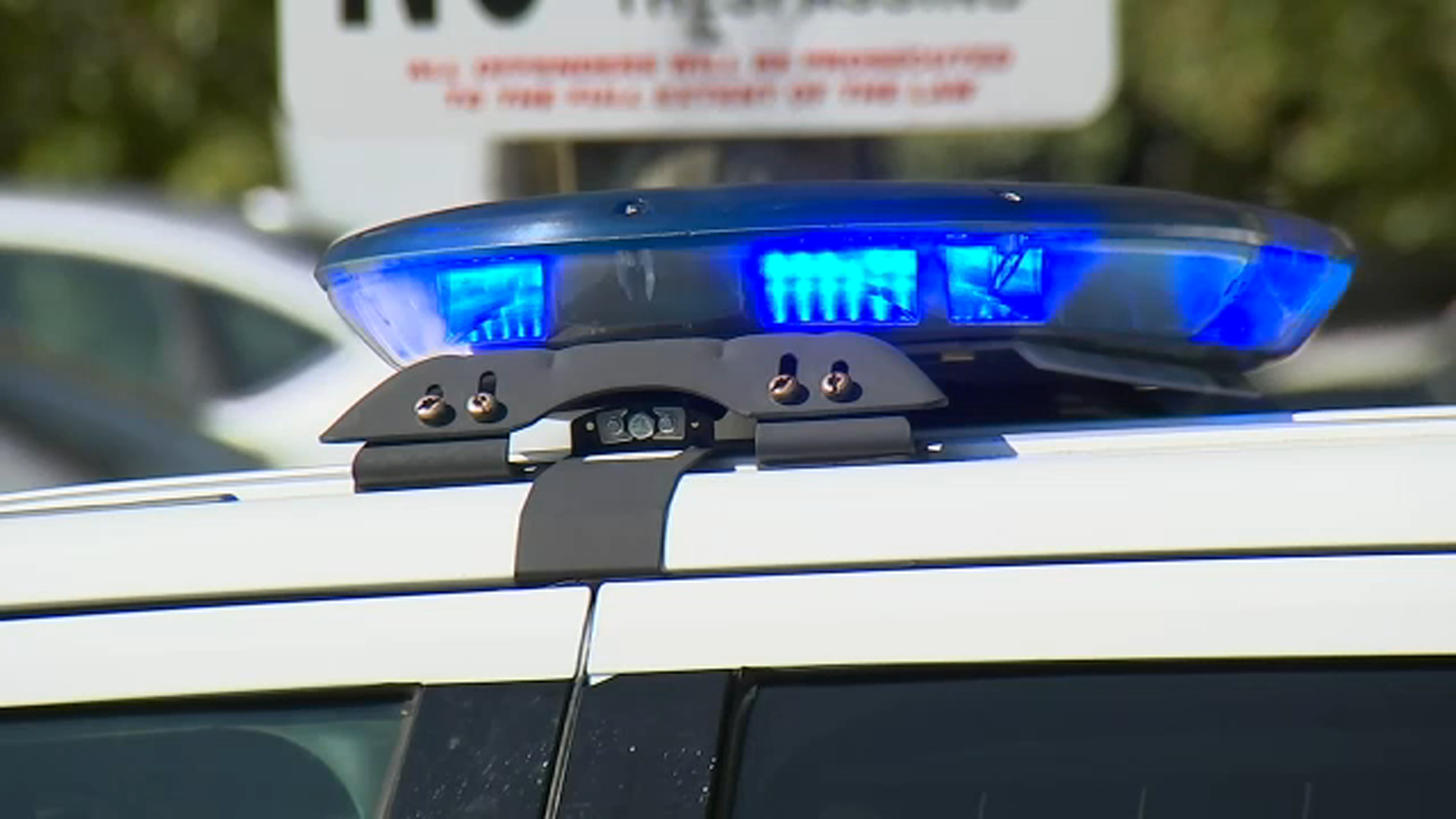Early in-person voting for North Carolina primary expected to exceed 2016 numbers

RALEIGH, N.C. -- Early in-person voting for North Carolina's Super Tuesday primary surpassed figures from the state's primary four years ago, according to State Board of Elections data.
The board said Monday that counties recorded 777,910 people casting ballots at early-voting sites during the 17-day period that ended Saturday afternoon.

Leading up to the March 15, 2016, primary, nearly 686,000 people, or 10.5% of the electorate, voted using the early "one-stop" method, which lasted only 10 days.
RELATED: Election Day 2020 in NC: Everything you need to know for Super Tuesday
"North Carolina is a 50/50 state depending on who shows up," said Duke professor Gunther Peck. "So there are cross-cutting factors that make this state incredibly important. There's a lot of hesitation among Democrats to get behind any one candidate; there's uncertainty about how to best pool their strengths. It is an incredibly fluid political moment."
The early-vote percentage for the 2020 primary should exceed the 2016 percentage when the latest voter registration tally is complete. There were more than 6.9 million registration voters when in-person early voting began Feb. 13, but that number will increase since people can both register to vote and cast ballots during the period.
Only people who have previously registered can vote at Tuesday's primary day election sites, covering nearly 2,700 precincts. Overall more than 2.3 million ballots were cast during the 2016 primary election, or nearly 36% of the registered voters.
Like 2020, the March 2016 election included primaries for president, governor and U.S. Senate and scores of down-ballot races. The 2016 primary vote also included a statewide ballot referendum.
Another 15,000 people this year have returned mail-in, military or overseas absentee ballots, a board document says, bringing the overall vote so far total to nearly 793,000. The number will increase as traditional absentee ballots trickle in to county election board offices this week.
"I've got to figure out what kind of change in leadership I'm interested in," Bill Quaintance, an undecided voter in Wake County said. "I see a lot of good candidates out there. But truthfully I'm looking for figuring who can win in November."
A disproportionate percentage of Democrats have cast ballots so far, in keeping with the party's competitive primaries for president and U.S. Senate. Democrats, which make up a little over one-third of the registered voters, have filled out more than 47% of primary ballots cast, according to the board.
The percentages of Republicans and unaffiliated casting ballots are lower than their composition among registered voters, the board document shows.
RELATED: 2020 Primary: What you need to know about early voting in North Carolina
"I'm planning on not voting," said Caitlynn, a Wake County mother. "It's better to let fate decide what's best. It's up to you what you want to do. It's best to let your instincts guide you. My gut instinct tells me just let things be. And my gut instinct has never been wrong before."
Quick links from the North Carolina Board of Elections







